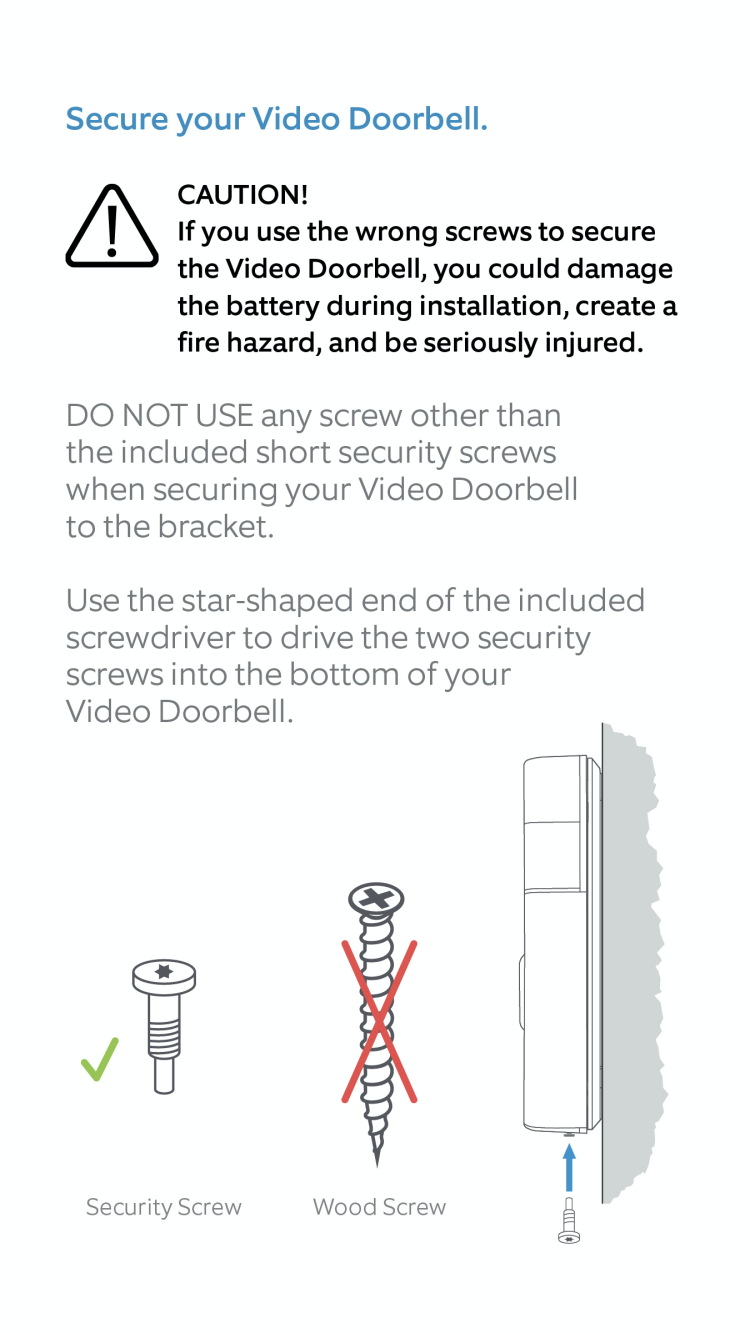Charles959
Member
- Joined
- Dec 26, 2013
- Messages
- 71
Alex said:DeformedTree said:It's not hard to see at all. This is the very thing that the vast majority of recalls are about. Something could be loose, something could be over tight, something could be a bit to close, if installer does something just a hair off. Recalls are rarely some major thing or obvious thing, it's the whole reason this happens.
Well, I wasn't talking about the reasons and merits of recalls in general, but about this specific case.
Which was described on that website as an OVERHEATING problem, due to using the wrong screws. And that just sounded weird in my head. User installed screws should have no bearing on the heat a battery generates or dissipates. If it does, that's a mayor design flaw.
But the real trouble here is PUNCTURING the battery. Now I understand that a battery bursting in flames due to the reaction of lithium and water can technically be called a form of overheating, but I think most people would call it PUNCTURING. [tongue]
DeformedTree said:Folks designing stuff can plan for a fair bit of things, but they can't plan for everything.
They could, and should have anticipated this. The volatility of lithium-ion batteries is a well known fact in the engineering world. As problems with them can lead to sincere consequences including death due to a fire, guarding the battery's safety is a top priority during the design. Which means you don't give an a-technical user who screws up the opportunity to drive a screw into the battery in the first place. A dumb mistake.
It is also a dumb mistake of the manufacturer to solve the problem with a mere amendment in the installation instructions. This will not absolve them in an American court when another doorbell bursts into flames. They should have installed a metal plate in the doorbell to protect the battery.
Just puncturing the battery can cause a fire, due to the reaction of lithium and water you mentioned. The puncture can also cause a spark.
From Why Lithium Batteries Catch Fire
How Lithium Batteries Work
A lithium battery consists of two electrodes separated by an electrolyte. Typically, the batteries transfer electrical charge from a lithium metal cathode through an electrolyte consisting of an organic solvent containing lithium salts over to a carbon anode. The specifics depend on the battery, but lithium-ion batteries usually contain a metal coil and a flammable lithium-ion fluid. Tiny metal fragments float in the liquid. The contents of the battery are under pressure, so if a metal fragment punctures a partition that keeps the components separate or the battery is punctured, the lithium reacts with water in the air vigorously, generating high heat and sometimes producing a fire.
Why Lithium Batteries Catch Fire or Explode
Lithium batteries are made to deliver high output with minimal weight. Battery components are designed to be lightweight, which translates into thin partitions between cells and a thin outer covering. The partitions or coating are fairly fragile, so they can be punctured. If the battery is damaged, a short occurs. This spark can ignite the highly reactive lithium.
Another possibility is that the battery can heat to the point of thermal runaway. Here, the heat of the contents exerts pressure on the battery, potentially producing an explosion.
https://www.thoughtco.com/why-lithium-batteries-catch-fire-606814
Update: I just found out that the battery in the Ring Video Doorbell is a lithium-ion (as in rechargeable) battery, not a lithium primary battery. I do not know whether that has any effect on the details of the fire hazard posed by a puncture.
https://www.theverge.com/2017/8/9/16112752/ring-video-doorbell-2-security-camera-review

